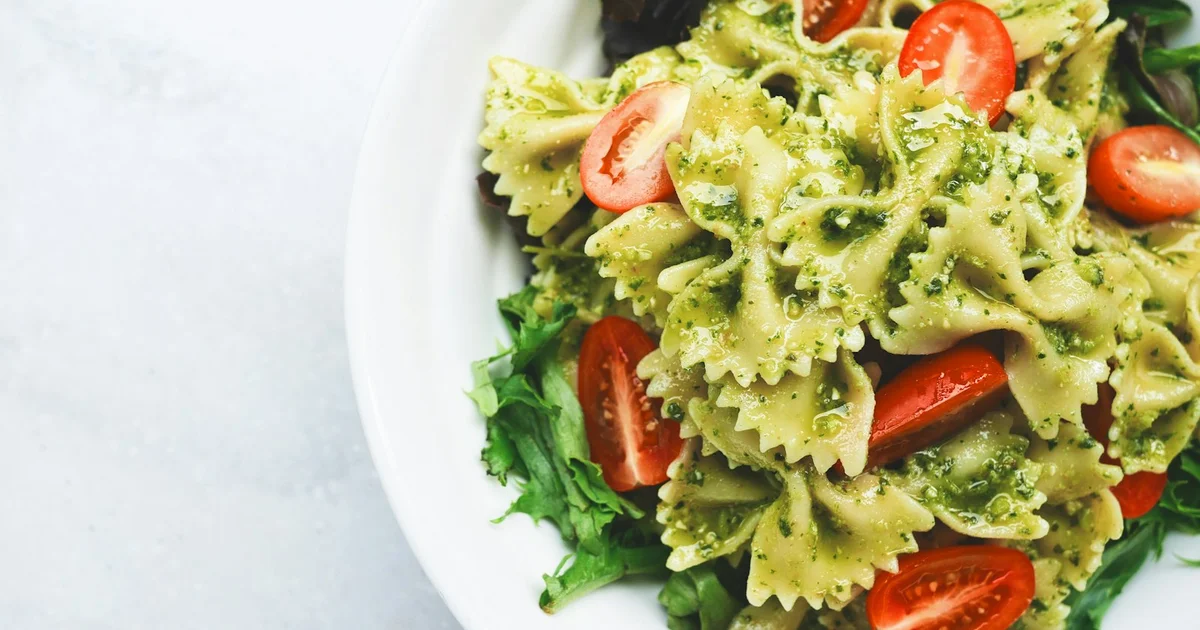Non-Toxic Air Fryers 2025: Safe Buyer's Upgrade Guide
Air fryers are everywhere in 2025: every family wants "fried" meals without a vat of oil. The problem is that the market is flooded with budget models that cut corners on coatings. This guide gives you a fast decision tree so you can upgrade without bringing PFAS or flaky linings into the kitchen.
Quick Filters: Choose Your Safe Match
| Filter | Why it matters | How to confirm |
|---|---|---|
| SGS/FDA coating report | Proves the non-stick layer is free from PFAS, heavy metals, and migration issues[^1] | Downloadable certificate or lab PDF in the product "Documents" tab |
| Stable 90-205 °C / 195-400 °F range | Prevents coating breakdown and off-gassing | Verify with an oven thermometer or independent test sheet |
| UL/ETL electrical label | Confirms wiring, heating coils, and timers passed third-party stress tests | Logo on the compliance plate under the base |
| Replacement baskets/liners | Signals the brand expects long-term use and supports maintenance cycles | Check that spare parts are listed in the accessories catalog |
| Unknown coating chemistry | Hidden materials often mask PTFE or silicone sprays | If the brand won't disclose ingredients, treat the model as a red flag |
Quick sniff test: when the spec sheet hides coating details, park the model in your "red list" until the manufacturer proves otherwise.
Best PFAS-Free Air Fryers 2025: Buyer Segments & Picks
- Families with kids: target 6-8 L dual-basket designs. Benchmark pick: HomePure DuoSteel 7L (~$239). Certified Sol-Gel inserts, audible reminder on the timer, zero chemical smell during burn-in.[^2]
- Compact city kitchens (<50 m² / 540 ft²): vertical chamber 3.5-4 L. Try the Breezi Tower Ceramic (~$169) for a tall profile and carbon-filter odor control.
- Meal-prep power users: demand dehydration mode and triple racks. Go for PureAirx MultiDeck 10L (~$299) with 304 stainless trays and a removable PTFE-free drip pan.
- Budget under $120: CleanChef Mini (~$109) is one of the few affordable units with ceramic coating and verifiable SGS reports. Fewer presets, but toxin-free.
Contaminant Watchlist: Coatings to Avoid
| Red flag | Why it's risky | Swap for |
|---|---|---|
| PTFE (polytetrafluoroethylene) | Decomposes at 260 °C / 500 °F, releasing toxic fumes | Stainless steel, Sol-Gel ceramic |
| PFOA (perfluorooctanoic acid) | Forever chemical that bioaccumulates | Certified water-based enamel without PFAS |
| BPA in plastic chambers | Migrates into food when heated | BPA-free polypropylene shells |
| Bare aluminum | Scratches fast, leaches metal into food | Cold-rolled steel with food-grade certification |
Care & Maintenance Routine
- Initial burn-in: 15 minutes at 180 °C / 356 °F with no food, window open. It still bakes off factory oils.
- After every cook: soak the basket in warm water with baking soda, wipe with a silicone sponge--metal scrubbers are instant death.
- Weekly: inspect vents, vacuum the rear filter so grease doesn't cake.
- Every six months: check actual temperature with an infrared thermometer. If it drifts more than 10 °C / 18 °F, inspect the coating for scratches and request a warranty basket swap.
Upgrade Roadmap
- 0-3 months: adopt a pre-/post-cook checklist and swap disposable paper liners for silicone ones to shield the coating.
- 3-6 months: add a second basket if you cook daily--rotating usage doubles lifespan.
- 6+ months: expand your kit: glass roasting lid, dual-level stainless rack, instant-read thermometer. Accessory investments are cheaper than replacing a sketchy oven.
FAQ
Can I use parchment? Yes, but go with perforated sheets and stay below 200 °C / 392 °F to maintain airflow. Do I need liners? Silicone or stainless inserts are fine and protect the surface; skip single-use PTFE liners. How do I verify certifications? Serious brands publish lab PDFs on their support page. If you don't see one, email support and give them 48 hours to respond. What about my old Teflon model? Don't toss it into general trash--drop it at an e-waste center so the coating doesn't degrade in a landfill.
Safer kitchens start with informed choices--run the Quick Filters checklist, request the lab paperwork, and let your air fryer serve your health instead of testing it.
[^1]: SGS. "Food Contact Materials Testing." https://www.sgs.com/en/services/food-contact-materials-testing [^2]: U.S. Food & Drug Administration. "Food Contact Substance Notification Program." https://www.fda.gov/food/packaging-food-contact-substances-fcs/food-contact-substance-notification-fcs-program
